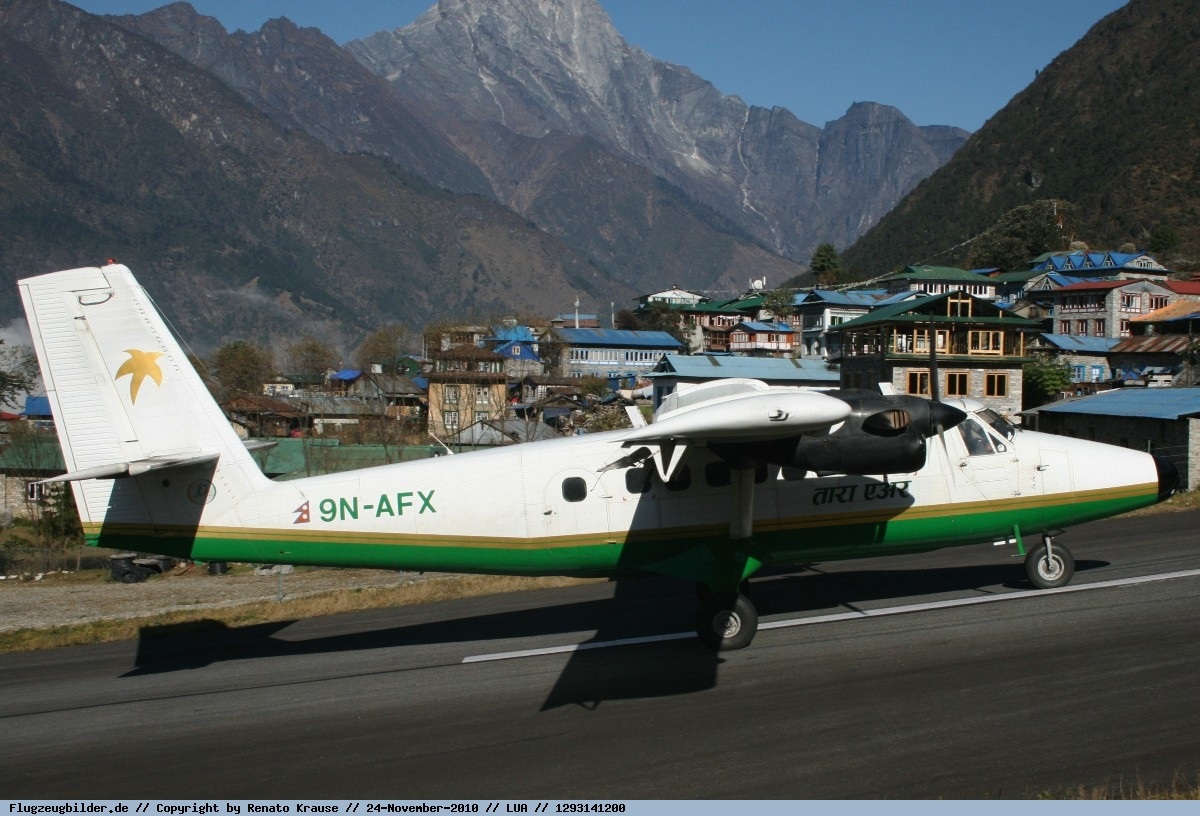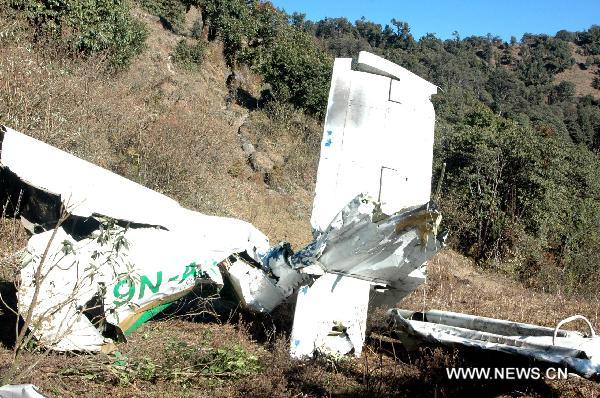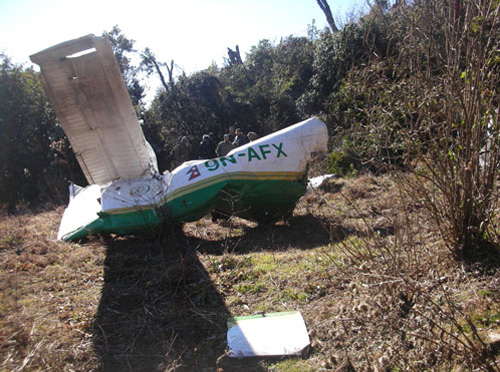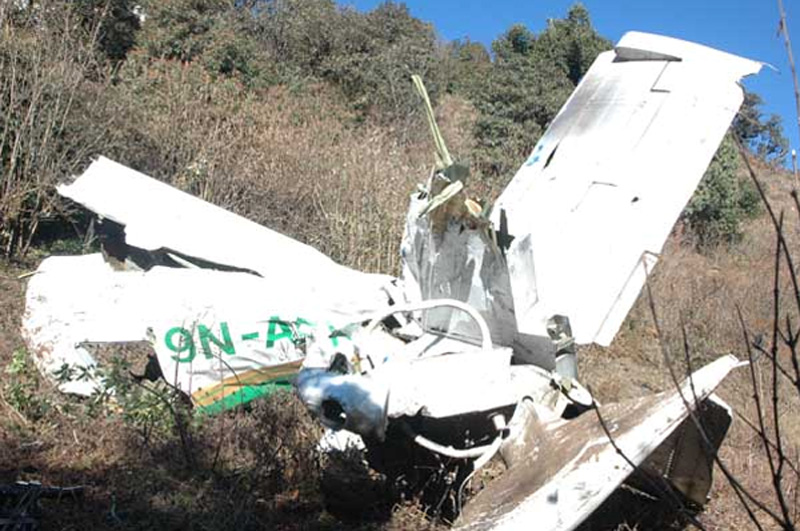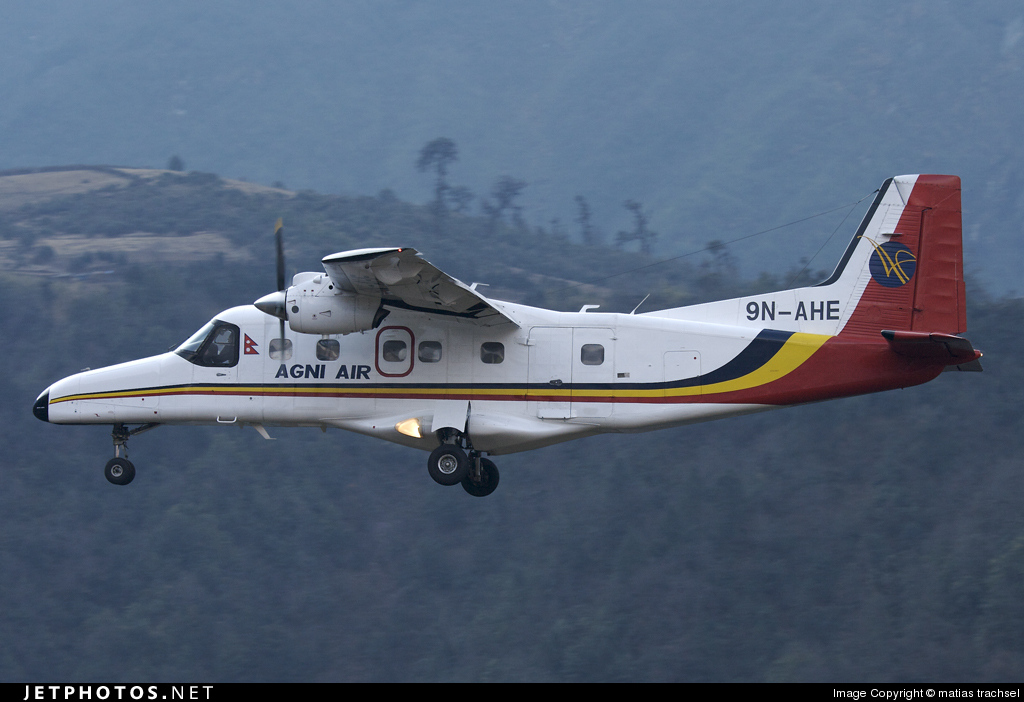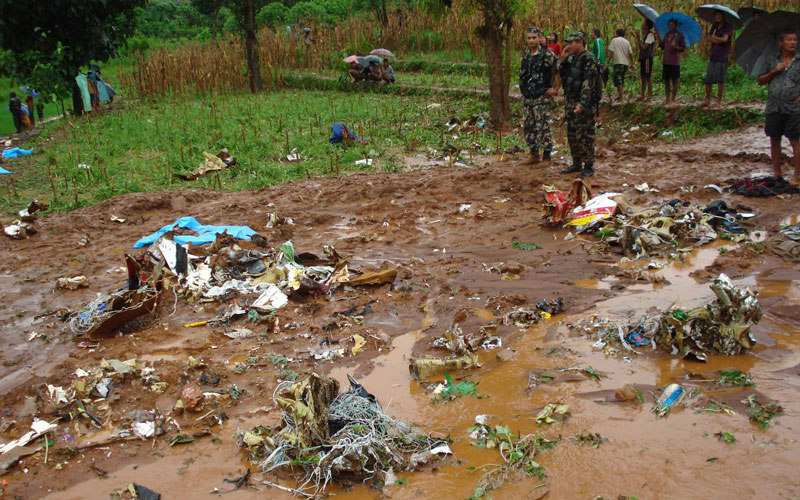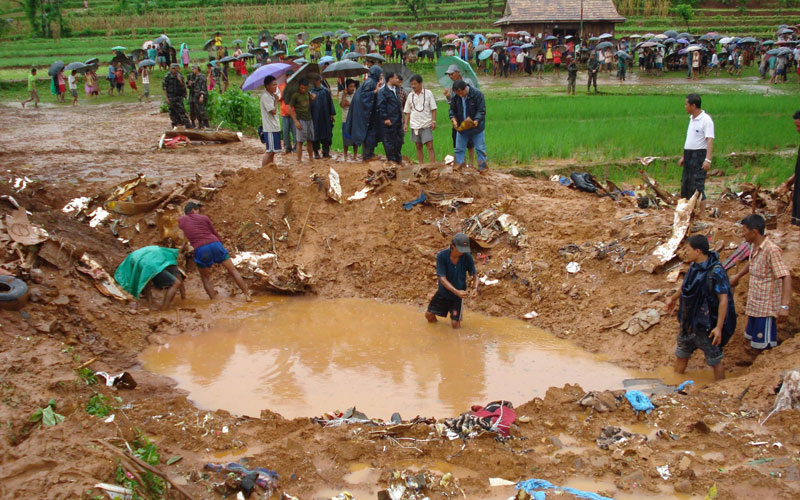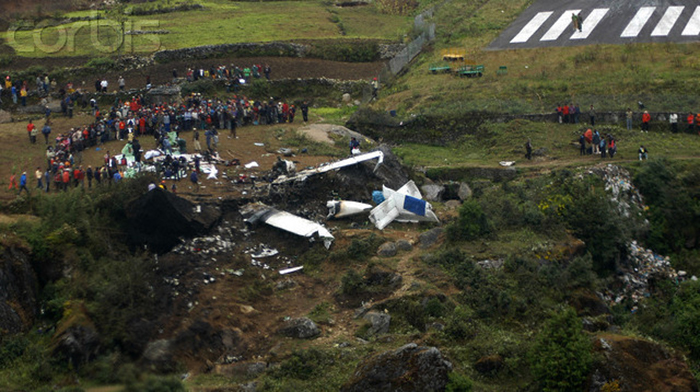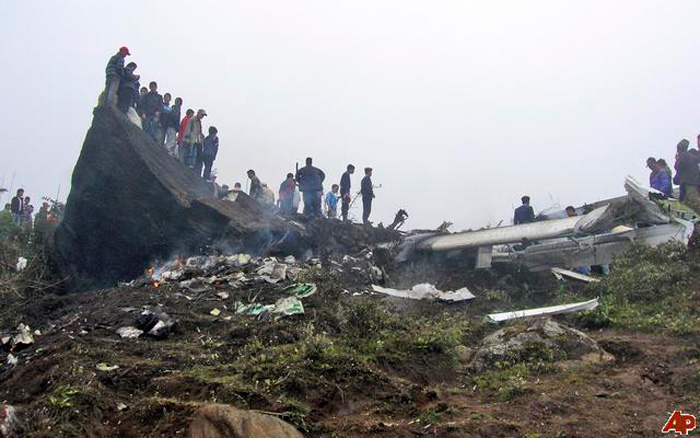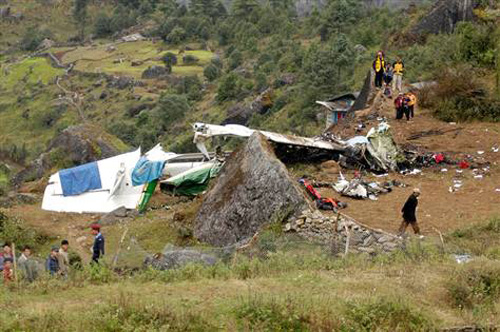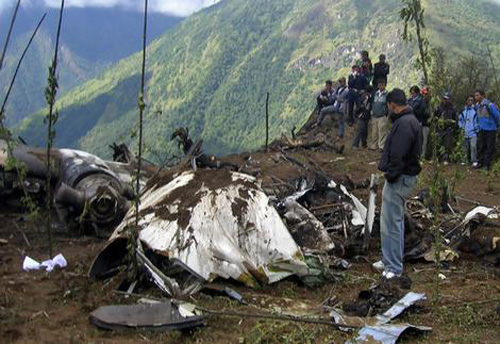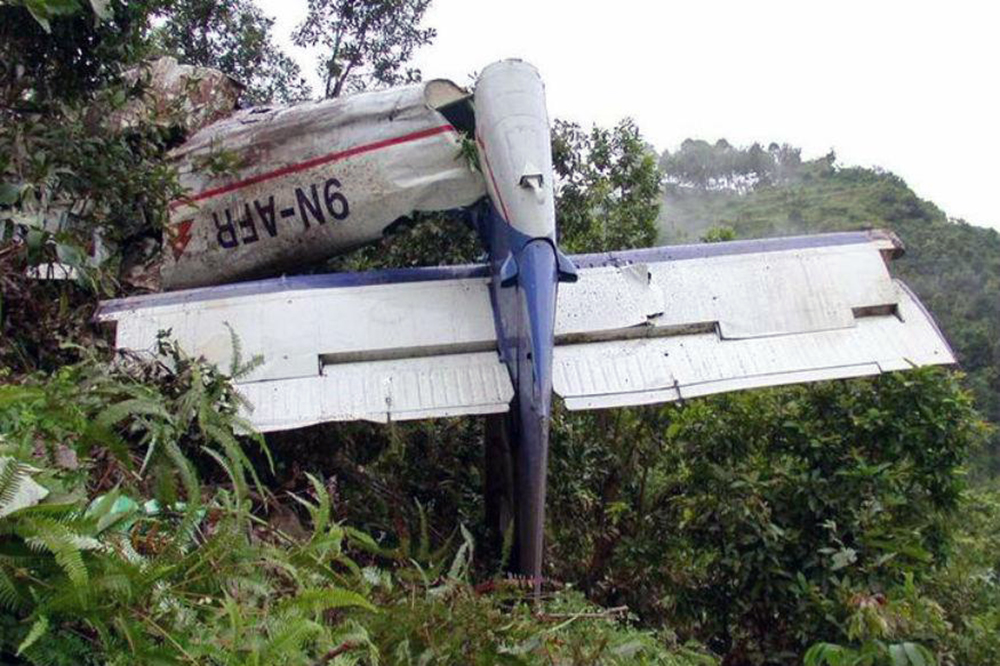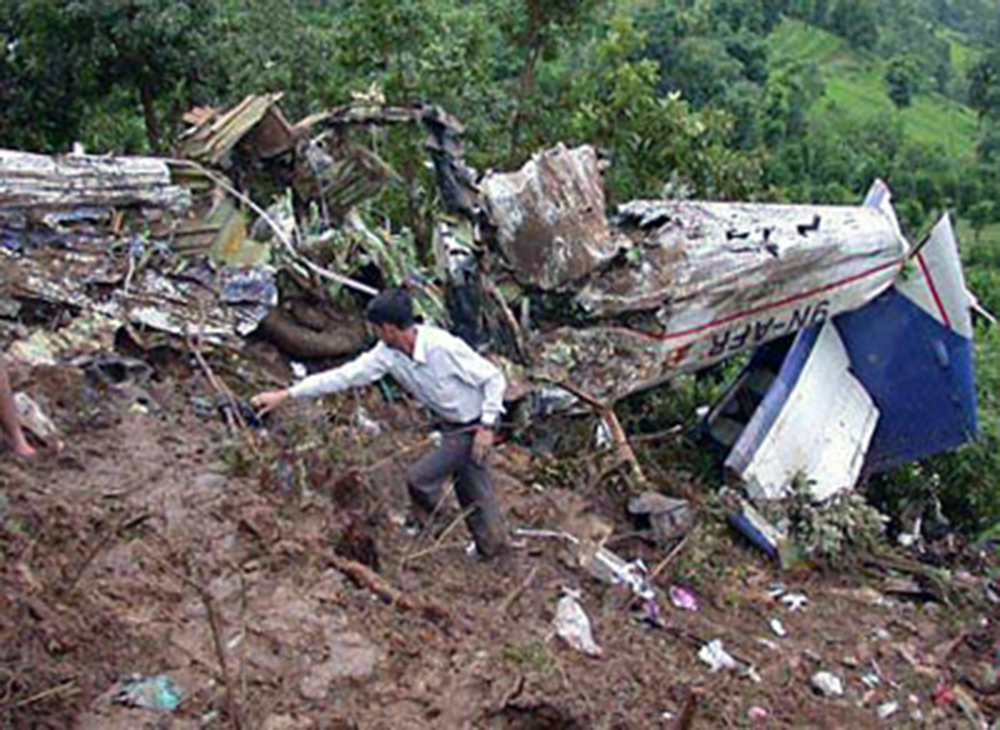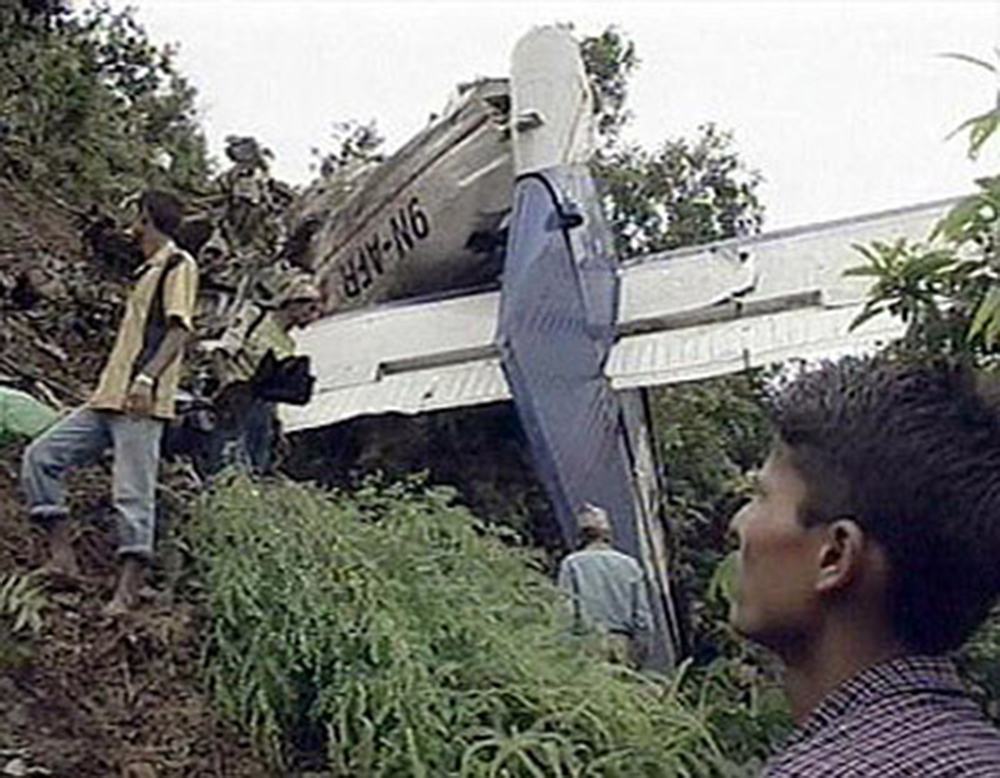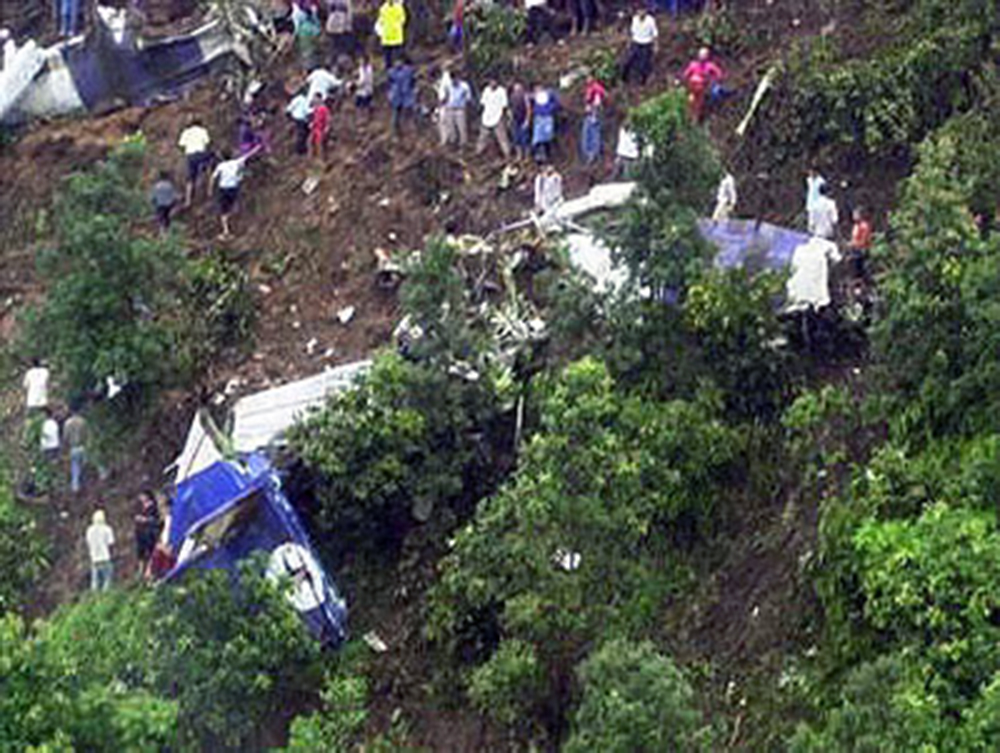Crash of a De Havilland DHC-6 Twin Otter 300 near Okhaldhunga: 22 killed
Date & Time:
Dec 15, 2010 at 1530 LT
Registration:
9N-AFX
Survivors:
No
Schedule:
Lamidanda - Kathmandou
MSN:
806
YOM:
1984
Crew on board:
3
Crew fatalities:
Pax on board:
19
Pax fatalities:
Other fatalities:
Total fatalities:
22
Captain / Total hours on type:
5000.00
Copilot / Total hours on type:
341
Circumstances:
The twin engine aircraft departed Lamidanda Airport at 1508LT on a flight to Kathmandu. Shortly after departure, the crew was cleared to climb to 10,500 feet but ATC ask them to maintain 8,500 feet due to traffic. The captain disagreed with this ATC instruction and continued to climb. The copilot asked the captain to accept the ATC proposal so finally, the captain cleared the copilot (who was the pilot in command) to descend to 8,500 feet despite the fact it was risky due to the mountainous terrain. Few minutes later, the aircraft entered clouds when the right wing impacted ground. The aircraft crashed in a rocky area located on the Palunge Hill, near Okhaldhunga. The wreckage was found the following morning. The aircraft was destroyed by impact forces and all 22 occupants were killed. IMC conditions prevailed at the time of the accident due to low visibility (cloudy conditions).
Probable cause:
The cause of the accident was the unwise decision taken by the crew to descend without taking the harsh mountain terrain into consideration. Controlled flight into terrain.
